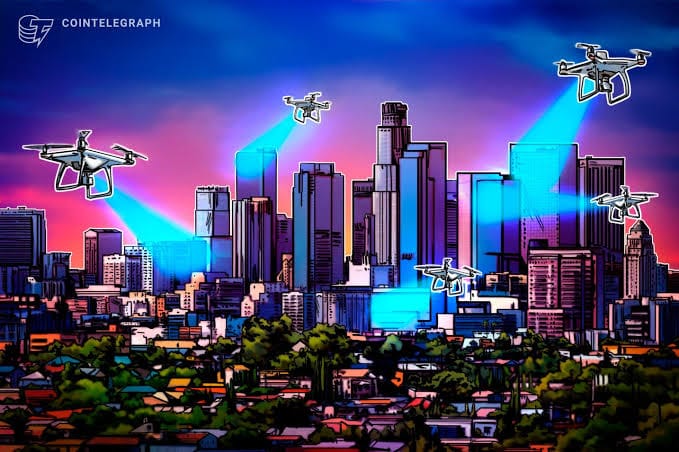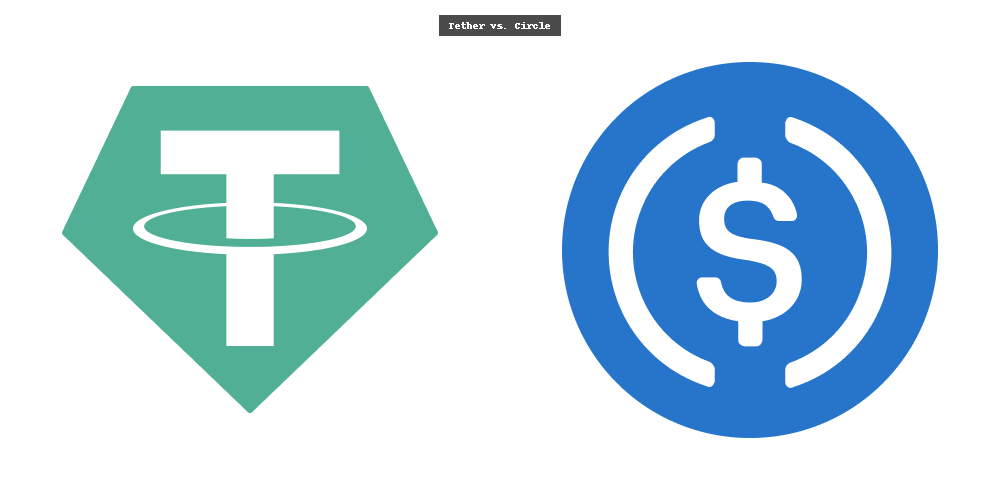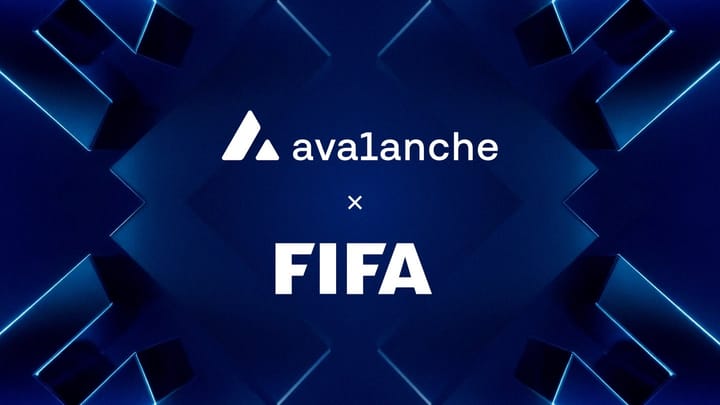World Mobile Launches Drone-Based, Decentralized Telecom Project

High-flying innovation: hydrogen-powered drones deliver blockchain-enabled 5G from the stratosphere
Introduction
In a bold leap beyond terrestrial towers and satellites, World Mobile has launched World Mobile Stratospheric—a blockchain-powered telecom network that beams wireless coverage from drone aircraft soaring at 60,000 feet. Working with Indonesia’s infrastructure giant Protelindo, this decentralized telecom endeavor aims to reach remote areas affordably and efficiently using hydrogen-powered stratospheric drones—and it’s built on a novel token-driven economy.Cointelegraph
This isn’t just DeWi on wheels—it’s an ambitious blueprint for reshaping global connectivity through high-altitude innovation and decentralized infrastructure.
What’s Flying in the Sky?
Hydrogen-Powered Drones at 60,000 Feet
World Mobile’s drones are fixed-wing crafts with an impressive 56-meter wingspan and four-ton mass. Built to stay airborne for up to nine days before refueling, these stratospheric vehicles operate above weather disturbances and turbulence, delivering stable connections across a 15,000 km² footprint using 450 guidable beams.AInvestBenzinga
Performance That Outpaces Satellites
Field tests in the UK, parts of Europe, and the Middle East showed these drones deliver roughly 18× lower cost per gigabyte and ultra-low 6 ms latency when compared to traditional satellite telecom infrastructure.CointelegraphBenzinga
Hybrid Reach with DePIN Economics
World Mobile merges this high-altitude tech with its Decentralized Physical Infrastructure Network (DePIN)—a mesh of ground-based AirNodes run by local operators in a sharing-economy model. AirNode operators earn in fiat; token-based incentives (via WMTX) go to blockchain nodes, stakers, and users who stake for service discounts.TMCnetReddit
Why It Matters
1. Closing the Digital Divide
Stratospheric access sidesteps the infrastructure barriers of rural and remote areas—no digging trenches, no last-mile hurdles. This could transform internet availability in underserved regions of Indonesia and beyond.Benzinga
2. Cost-Efficient and Scalable
With costs reportedly 18× cheaper than satellite solutions, and the potential to support half a million concurrent connections per drone, scalability becomes not just feasible but commercially attractive.DecryptBenzinga
3. Decentralized Governance with High-Tech Infrastructure
Blending blockchain with aerospace, the platform offers programmable, community-aligned connectivity. Token economics align incentives for operators and pillars of the system across both ground and air.DecryptTMCnet
Developer Ecosystem & Collaboration
This initiative aligns with World Mobile’s broader DePIN ecosystem:
- African expansions: Earlier, air-borne aerostats—tethered balloons roughly 300 meters high with ground-facing radios—connected remote communities (e.g., Mozambique rollouts).GlobeNewswireGSMA
- AirNodes on the ground: Hybrid radios (employing Starlink backhaul) deliver localized wireless access through community-operated nodes.Reddit
- Tokenized incentives: WMTX powers the sharing-economy layer, creating a reward structure that supports both infrastructure deployment and community participation.TMCnetU.Today
What Comes Next?
Technical & Regulatory Hurdles
Flying drones at stratospheric altitudes involves cosmic radiation, extreme heat, and fuel efficiency challenges. Securing permits from aviation regulators like FAA and EASA will be pivotal.CointelegraphAInvest
Infrastructure Rollout
Each drone covers a vast area but needs coordination with ground nodes. Setting up the necessary refueling stations, deploying ground connectivity infrastructure, and maintaining durability are complex undertakings.
Industry & Environmental Tailwinds
The sky-based connectivity sector is booming, expected to scale toward $98.3 billion in the near future and reach $159 billion in satellite-related markets alone by 2030.AInvestWikipedia
Global Partnerships
Early demonstrations with BT, Deutsche Telekom, and throughout the Middle East signal growing commercial interest. Indonesia’s Protelindo further opens access to archipelago regions, making it a mass-scale frontier.DecryptBenzinga
Final Thoughts
World Mobile Stratospheric is more than a connectivity project—it’s a fusion of aerospace innovation, blockchain economics, and telecom outreach. By flying hydrogen-powered drones that beam affordable, low-latency internet, World Mobile could redefine access in a way traditional infrastructure can’t.
For builders, policymakers, and funding bodies interested in bridging the global digital divide, this hybrid of high-altitude aeronautics and decentralized network economics is a breakthrough model—scalable, programmable, and grounded in real-world impact.
This isn’t just the next step—it’s potentially the stratospheric leap that global connectivity needs.
Internal Mitosis Links & Glossary References
- Bitcoin
- Blockchain
- Cryptocurrency
- Mitosis Core: https://university.mitosis.org/mitosis-core
- Governance: https://university.mitosis.org/governance
- Glossary: https://university.mitosis.org/glossary/
- Ecosystem Connections: https://university.mitosis.org/ecosystem-connections



Comments ()